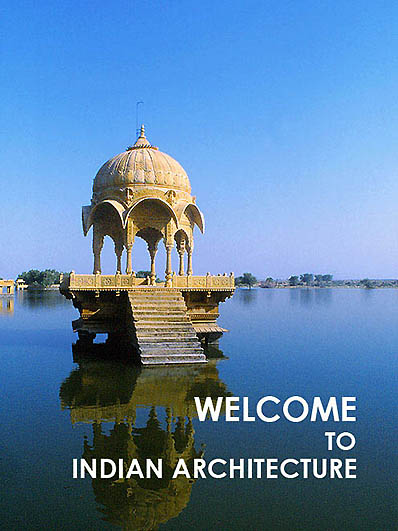| PROLEGOMENA
|
TAKEO KAMIYA







HOME
| PROLEGOMENA
|
TAKEO KAMIYA







HOME
After the decline of the Indus Valley Civilization, Arians, who migrated to India in about 1,500 B.C.E., developed the religion of the Vedas. It was a religion that made much of rites dedicating animal sacrifices to its various gods, and later it would be called Brahmanism. It was Gautama Siddhartha, a prince of the Shakya tribe, who opposed it and established a new religion not for gods but for afflicted people in about the 5th century B.C.E. He renounced his princehood and family to become a Shramana (ascetic monk) and eventually obtained Bodh (enlightenment) after six years of ascetic practices and meditation under a Pippala tree in a village south of the city of Gaya. Since then, Gautama became to be called Buddha (enlightened sage), the Pippala tree a Bodhi tree or Bo tree, and the village Bodh Gaya. Buddhafs teachings were widely accepted; especially under the protection of the Mauryan king Ashoka in the 3rd century B.C.E. it became the dominant religion in India, replacing Brahmanism.
Since strangely enough Brahmanism left no temples, historical Indian architecture commenced as Buddhist, although every building has been lost because they were made of perishable wood; ancient India was abundant in wood until the Middle Ages. The ancient Buddhist ruins that we can see now are Stupas, cave temples, and brick monasteries.

Buddha statues are essential for Buddhist temples nowadays, and followers habitually worship them when visiting temples. However, such statues did not exist for almost 500 year after the death of Buddha. It was probably because, just as in later Islam, worshiping Buddha made in the form of idol images would not have been considered as genuine faith.
Then, what did they worship at that time? They used various objects that suggested or symbolized Buddha, for example Bodhi trees, stones engraved with the Buddhafs footprints, teaching wheels (Dharmachakra), and podiums for standing on, which are generically called Chaityas altogether. Among them Bodhi trees especially were worshiped as symbols of the way to enlightenment, the scenes of which were delineated frequently in large numbers of stone reliefs. iOn gSacred Architecture of Indiah, 2005j  The toppage having been used for Facebook
|